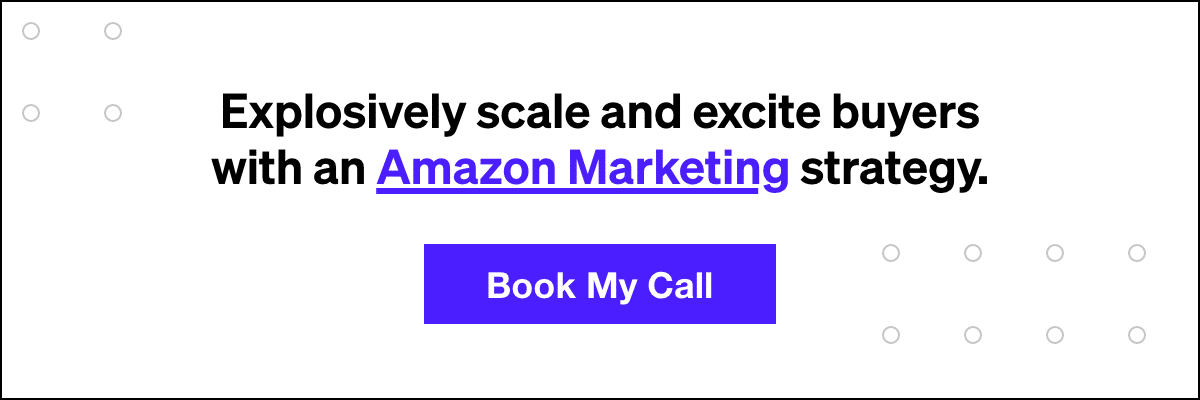Anatomy of an Email 101: A Full Guide

Email is one of the most ubiquitous digital communication methods used in business. And when it comes to marketing, few channels are as effective. Many companies have now discovered why email marketing is important.
A 2019 DMA study found that it has the highest ROI of all marketing channels, paying back $42 for every dollar spent. But to get the most value out of every email, it must be carefully crafted to stand out. Some companies opt to hire firms that offer email marketing services, while some do themselves.
By understanding the key elements that make up an email’s envelope and body content, you can create personalized emails that land.
Want to find out more about the anatomy of an email? Here’s a complete guide.
What Makes Up an Email?
To understand how something works as a whole, you need to break it down into its parts. And for emails, there are two significant components to consider:
- Envelope – The part of an email message visible in the inbox prior to being opened and read.
- The body content – The meat of the email, which contains the message and is visible after being opened.
Checking an email template from email testing tools will help you identify the parts easier.
Email Anatomy: The Envelope
There are many types of emails. This includes promotional emails, personalized emails, welcome emails, and many more. However, the first challenge with any kind of email, especially a cold email, is to entice the recipient to open it. Readers use the envelope content as the first screening method for whether or not to click through or simply send the message to the trash or spam files.
Although it depends on the email client, most will include:
- Subject line
- Preview content
- Senders logo
- Date
Let’s break down each of these.
The Subject Line
The subject line is the first piece of persuasion in the email.
It’s a one-sentence pitch that quickly conveys what your email is about. It’s your chance to tell the receiver why they should open it up. So, how can you make your subject stand out? Here are a few ways:
- Urgency – Creating a sense of emergency that encourages the reader to act can be an effective email-opening strategy. For instance, a clothing company might want to mention a great sale that only has 24 hours left.
- Address a pain point – If you’re targeting a specific type of customer, you may want to address a universal pain point that you know that demographic faces while teasing your good or service as the solution.
- Get their attention – People are curious by nature. A headline that makes them laugh or think—whether that’s a joke or a data point—will tempt them to click through to the body content.
- Avoid click-bait – That said, no one likes to be bamboozled by a click-bait title. Although that type of strategy might have worked in the earlier days of marketing, customers have caught on. If something sounds too good to be true from the outset, many will reject the message before even bothering to read more.
How do you know if your subject line is effective? Well, it depends on if people are opening your email. A/B testing can help you determine the strongest subject line possible. (See section: “A/B Testing: What is it and Why use it?” below for more.)
Preview Content
Some email clients support preview content, which appears directly after or below the subject line. Three types of preview content are commonly used:
- Schema – A type of coding that allows you to highlight a specific part of the body content from the email as the email preview.
- Preview text – The most common form of preview content, this is taken from the first HTML text to occur in the email. In most cases, this will be the preheader text.
- Email annotations – Some email clients allow senders to add a picture or a deal badge in the preview content.
Once more, this is another quick piece of persuasion that can pique the reader’s interest. Make sure you begin your email with short, concise content.
Logo
Some email clients allow you to add your logo in an email’s annotations, which makes it show up next to your sender name along with the message. Doing this will also add the logo to your email signature. Even if you don’t have a well-recognized brand, the addition lends a sense of legitimacy to your business.
Date and Time
Did you know that there are certain times of the day and week when a person is more likely to open up an email?
There are generalizations you can follow:2
- Weekdays are preferable to weekends
- Mid-day emails are preferable to early morning and late-night emails
- Friday evening emails are likely to be ignored as people sign off of work for the weekend.
However, rather than generalizing, it’s better to pick send times based on granular-level customer data. By reviewing the timing of previous email campaigns according to clicks, opens, and conversions, you can find the optimal time of day to reach your specific type of customer or client.
Email Anatomy: The Body Content
Now that you’ve convinced the recipient to open the email, the real work begins. The body content is your opportunity to make your case—whatever that may be. Like the envelope, this can be broken down into a few key elements:
- Header
- Hero content
- Footer
The Header
The header always precedes the body of the content. It identifies the sending and receiving information of the email, including the sender, recipient, date, subject line, and HTML header.
Many people fail to utilize headers because they don’t realize that they’re free space to add essential marketing or branding details. But they can set the tone, especially when you include a company logo or add an anchor link menu.
When you compose your header, keep the following tips in mind:
- Make sure it’s brand-identifying so the reader knows who is sending the message.
- Make a versatile header so it can work with all types of email campaigns.
- Keep it streamlined. For readers, this is a quick nibble, not the full meal.
Hero Content
This is the most important part of the email. It’s your pitch—the message you teased with all of the content leading up to the body. As a result, this is the longest piece of content within the email.
That said, you don’t want to write a novel. Nor do you want to cover several different subjects. Limit an email to one central theme or idea with a general word count of approximately 50-100 words for image-heavy messaging and 100-200 words for more text-heavy emails.
When it comes to writing, keep sentences short and sweet. An easily digestible message is a more effective message, whether that’s promoting a sale, updating customers on what you have in store, or convincing another company to partner with your business.
Footer
A footer is made up of HTML text. Some footers are optional add-ons, while others may be legally required. Examples of footers include:
- Unsubscribe link
- Legal disclaimers and offer exclusions
- Statement of permission
- Copyright notice
- Postal mailing address
- Preference center link
Footers are all about finding a balance between upholding your legal requirements and avoiding inundating the reader with legalese. Only include content that’s legally required and relevant to the reader.
A/B Testing: What Is It, and Why Use It?
A/B testing is a marketing tool used whereby two emails are pit against one another to determine which is stronger. To do this effectively, you’ll want to craft two identical emails, then change one aspect.
In this case, the email element that is most commonly A/B tested is the subject line.
Put simply, when identifying which email subject line is more powerful, A/B testing takes the guesswork out of the equation. Rather than relying on instinct or our subjective feelings toward which subject line is “stronger,” A/B testing provides cold, hard data. As Harvard Business Review notes:3
“It’s all about data these days. Leaders don’t want to make decisions unless they have evidence. That’s a good thing, of course, and fortunately, there are lots of ways to get information without having to rely on one’s instincts. One of the most common methods, particularly in online settings, is A/B testing.”
Consider a toothpaste company marketing directly to customers (B2C). One subject line, “Get the Whitest, Pearliest Smile in Town,” sounds fun and effective—it has all the ingredients of a catchy email header. Another subject line, “Need Toothpaste? We Sell Toothpaste,” feels generic and lifeless. When A/B testing, you find that “Need Toothpaste? We Sell Toothpaste” emails were opened at a 57% open rate, and the “The Whitest, Pearliest Smile in Town” was opened at 23%.
In that case, you would follow the data and use the “generic” subject line because it was more effective.
In the past, marketers would have to rely on gut feeling—often leaning toward what sounds catchy, rather than what is catchy. Today, A/B testing hands us the correct subject line on a silver platter.
Note: A/B testing is an effective tool for testing out a few different subject lines. But that’s not all A/B testing is used for. You can A/B test your opening line, your closing line, the body of your email—just about anything. The more you A/B test, the more you narrow in on your perfect messaging.
Power Digital — Anatomy Geniuses For All Types of Marketing
When handled the right way, email marketing can create incredible results for little cost. To do that, you need to know and address the main elements of an email’s anatomy.
Do you need help optimizing your email efforts and crafting that perfect message?
You’re in the right place.
Here at Power Digital, email composition and SEO are just two of the many marketing strategies we can help you with. Together, we can drive clicks, conversions, and sales with just a few careful tweaks and additions to your email strategy.
Sources:
- DMA. Marketer email tracker 2019. https://dma.org.uk/uploads/misc/marketers-email-tracker-2019.pdf
- Harvard Business Review. A Refresher on A/B Testing. https://hbr.org/2017/06/a-refresher-on-ab-testing
Our Editorial Standards
Reviewed for Accuracy
Every piece is fact-checked for precision.
Up-to-Date Research
We reflect the latest trends and insights.
Credible References
Backed by trusted industry sources.
Actionable & Insight-Driven
Strategic takeaways for real results.





